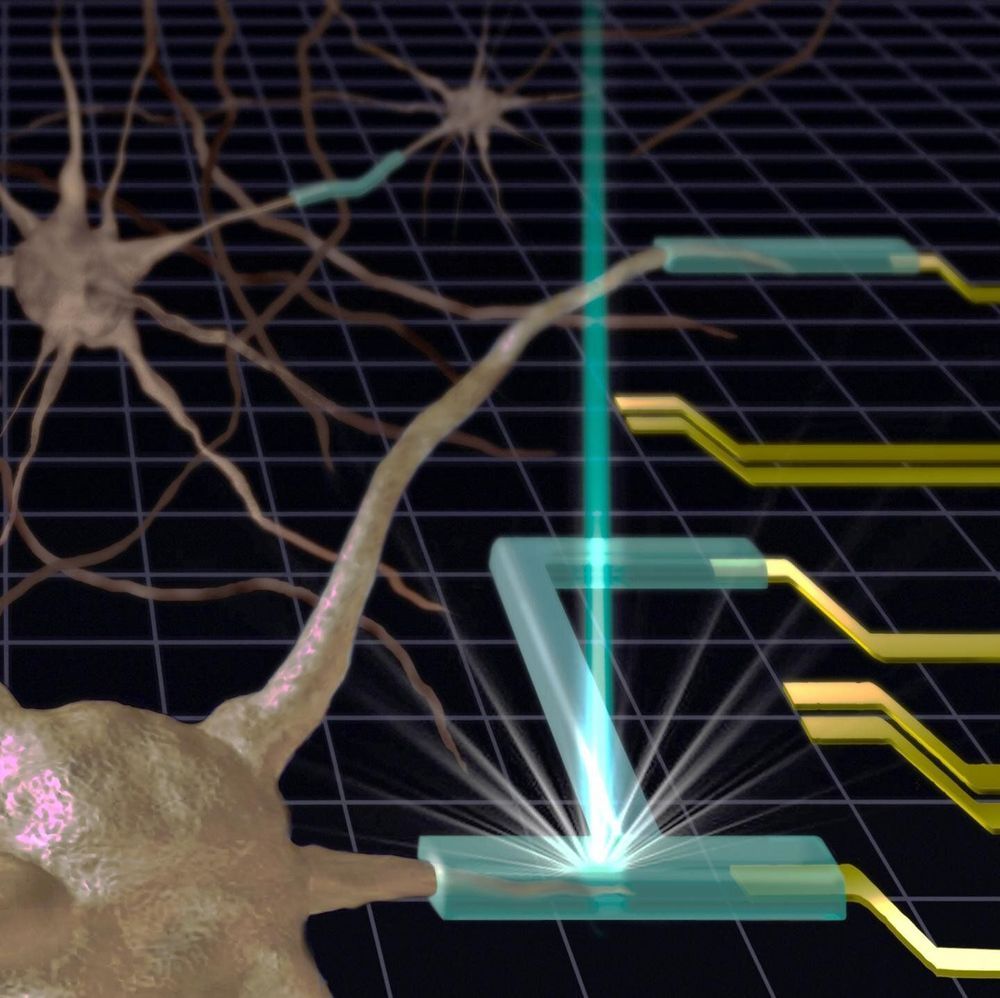NASA’S Juno spacecraft snapped this “dramatic image” of an eclipse shadow passing over Jupiter, caused by its volcanic moon Io.


The first 200 people to sign up with Brilliant using my link will get 20% off the annual subscription!
http://brilliant.org/thethoughtemporium
_________________________________________________________________________
What started as a dream more than 10 years ago, has finally become reality. After more than 2 years of work, dozen of failures, hundreds of hours of lab work and design time, we’ve finally done it. We’ve engineered a strain of yeast that produce real spider silk! This video explains how.
Check out our new merch: https://teespring.com/stores/the-thought-emporium
Previous videos:
Project overview — https://www.youtube.com/watch?v=Fx8TcGrCOSI
DNA extraction — https://www.youtube.com/watch?v=knosqmvLWSc
PCR — https://www.youtube.com/watch?v=7kJ2o7P8D00
Journey to the Microcosmos — https://www.youtube.com/channel/UCBbnbBWJtwsf0jLGUwX5Q3g
_________________________________________________________________________
Support the show and future projects:

Researchers at the National Institute of Standards and Technology (NIST) have developed a new method of 3D-printing gels and other soft materials. Published in a new paper, it has the potential to create complex structures with nanometer-scale precision. Because many gels are compatible with living cells, the new method could jump-start the production of soft tiny medical devices such as drug delivery systems or flexible electrodes that can be inserted into the human body.
A standard 3D printer makes solid structures by creating sheets of material—typically plastic or rubber—and building them up layer by layer, like a lasagna, until the entire object is created.
Using a 3D printer to fabricate an object made of gel is a “bit more of a delicate cooking process,” said NIST researcher Andrei Kolmakov. In the standard method, the 3D printer chamber is filled with a soup of long-chain polymers—long groups of molecules bonded together—dissolved in water. Then “spices” are added—special molecules that are sensitive to light. When light from the 3D printer activates those special molecules, they stitch together the chains of polymers so that they form a fluffy weblike structure. This scaffolding, still surrounded by liquid water, is the gel.
Even though it’s a month away from completing its primary task of capturing a sample, NASA’s OSIRIS-REx Asteroid Sample Return Mission has already set records and revealed some surprising things about the asteroid Bennu: youtu.be/j_hSNBmpuqY
Short excerpt of a recent interview with Dr. David Sinclair published in the Youtube channel “Think Inc.”
Short excerpt of an interview with Dr. David Sinclair published in the Youtube channel “Think Inc.“
During the interview, Dr. Sinclair referres to the possibility of turning back the biological aging clock of the entire human body, through partial cellular reprograming in the not so distant future.
To watch the entire conversation clic here: https://youtu.be/QuBo2zMLZ8A

How do you keep the world’s tiniest soda cold? UCLA scientists may have the answer.
A team led by UCLA physics professor Chris Regan has succeeded in creating thermoelectric coolers that are only 100 nanometers thick—roughly one ten-millionth of a meter—and have developed an innovative new technique for measuring their cooling performance.
“We have made the world’s smallest refrigerator,” said Regan, the lead author of a paper on the research published recently in the journal ACS Nano.
The footage, uploaded to YouTube by local observers, is admittedly sped up between at least two to four times, as Newsweek points out — but the grace at which it moonwalks across the ground in front of it and give a salute is a sight to behold in itself. The robot was finally completed last month, according to Japanese news site SoraNews24. The massive structure weighs over 55,000 pounds and is modeled after the RX-78–2 unit from the popular “Gundam” science fiction franchise.
The robot still hasn’t been revealed to the public, because the ongoing pandemic has indefinitely delayed its opening at the Gundam Factory in the port of Yokohama, Japan. It was originally meant to go on display in October of this year.

Dutch photographer and digital designer Bas Uterwijk has used artificial intelligence to create a ‘photograph’ of Alexander the Great… or what he could have looked like.
Uterwijk who has a background in computer graphics, 3D animation, and special effects, has used his talent to generate hyper-realistic portraits of famous historical figures.
His latest creation is Alexander the Great, otherwise referred to as the “King of Kings”. He was born on July 20 or 21, 356 B.C. in Pella, Macedonia. He was tutored by philosopher Aristotle until the age of 16. He became King of the Ancient Greek Kingdom of Macedonia and led a Pan-Hellenic military campaign against Persia and in the process spread Greek culture across the entire empire he created.


Featured image: Axel Springer
With his inventive and innovative spirit, Elon Musk has revolutionized several industries, from electric vehicles and batteries to space travel. This year’s Axel Springer Award goes to Elon Musk.
The Axel Springer Prize is awarded annually to outstanding individuals who are extremely innovative, create new markets and change old markets, shape culture and value social responsibility. Musk will accept the award on December 1, 2020, at Axel Springer’s headquarters in Berlin. The theme of the evening is “An Evening for Elon Musk — Mission to Mars.”